This page may contain one or more affiliate links, which means that if you purchase a product through that link, I may receive compensation. The links will be identified with the text "affiliate link". Click to learn more.
The only thing better than seeing the wonderful artwork from our favorite comic book illustrators is the path it took for them to get there. Sometimes a transition is clear, but that is not always the case. So let us take a little tour on the background of some famous artists and their careers.
Alex Ross

When I picked up the first issue of Terminator: The Burning Earth, I was mesmerized by Alex Ross’ classic illustrated cover. I paid a quarter for it as a child, but now that he is a well known artist, I have a feeling that it may have gone up in value. If I remember right, it tells the story of how humans destroyed the power plant supporting the machines, thus ending the war. But we are not interested in the story right now, are we?
The issues lack bright colors and reek of black, blue and brown. On the flip side, the realism in light and shade, in a depth which most comics lack, brings a realism to this story like no other. It is hard to judge what medium he used, but if I were to guess, I would say oil paints. Although he could have achieved similar effects with pastels, which would have sped up the process. A lot of Alex Ross’ work has soft edges and often lacks sharpness.
Jim Lee
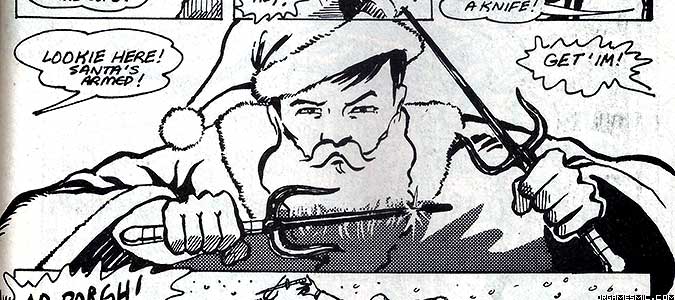
This now popular comic book illustrator was first published for inking Samurai Santa. (Solson Publications made a lot of dumb stuff like that, such as Sultry Teenage Super Foxes) But he is not known for his inking, but rather his drawing skills. We can see this in early works of The Punisher War Journal, such as when Frank Castle fights Wolverine. But my favorite Jim Lee story was in issues 12 and 13.
The story introduces Bushwacker, an ex-CIA assassin with a mutating arm that turns into a weapon. Bushwacker proved to be so popular that he even appeared in The Punisher arcade game.
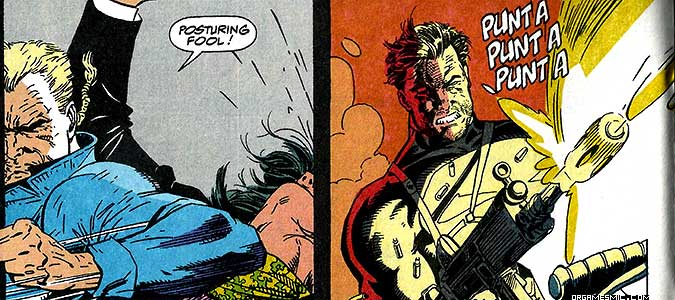
Jim Lee has cited Punisher War Journal and among his proudest work, according to an early interview in Marvel Age 104 (Affiliate Link). Jim Lee’s pride shows through the detail of his early pencil lines which, although specific, tend to lack many indications of shading.
Marc Silvestri
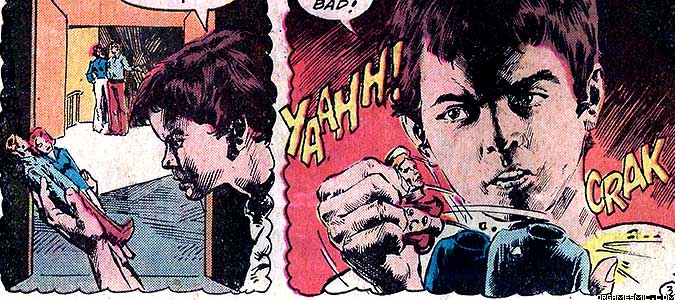
Best known for his association with Top Cow, Silvestri actually got his start at DC Comics. His first published comic work was in The House of Mystery 292, a story about a boy who had the ability to cause real-life disasters by breaking toys. It is impossible to determine Silvestri’s level of contribution because there are actually two artists listed for this story. But based on the drawings alone, is work seems to have been phenomenal. Not only is there strict attention to detail and perspective, but lighting is especially noticeable. There is one scene where the child is sitting in a dark room. His face reflects light from two light sources: the window and the open door.
Adam Hughes
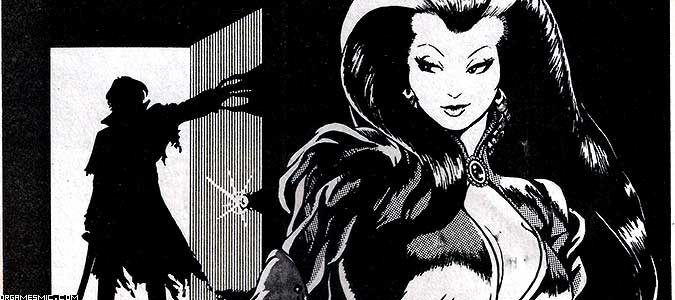
The artist best known for cheesecake good-girl pin-up artwork got his start with a black and white full-page (you guessed it) pin-up artwork in Eagle 6. However, there is not much to look at or analyze in this piece, how about we fast forward a couple of years and look at Justice League 34 (Affiliate Link)?
I chose Justice League 34 because not only did Hughes do the cover, but also the interior artwork as well. This is super rare, as you mostly only see Hughes doing covers these days. The artist’s strength in realism may also be his weakness. In this comic, the realistic facial expressions, shadowing and proportions looks strange and non-dynamic. The light source in most of the panels only comes from one direction — up.
J Scott Campbell
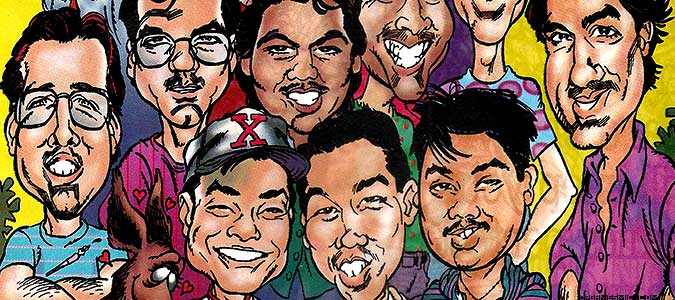
Last but certainly not least is J Scott Campbell, but at the time he was known as Jeffery Scott. He was discovered by Jim Lee during an Image talent search. His first job was in Homage Studios Swimsuit Special from 1993. What is interesting is that in that comic, he did what he did best at the time — caricatures. Campbell made many of these in the bast and even turned it into a small business, selling poster inserts for high school yearbooks. So for the final page of the Swimsuit Special, he included some notable artists like Jim Lee and Marc Silvestri. Pretty neat, right? If you are curious about this artist, the best place to find out about his background is in the book Time Capsule, which is a long written interview about his past accomplishments.

